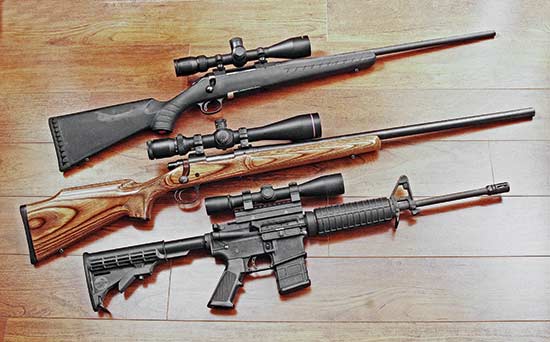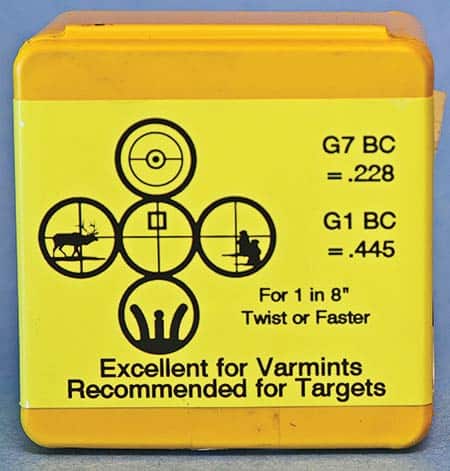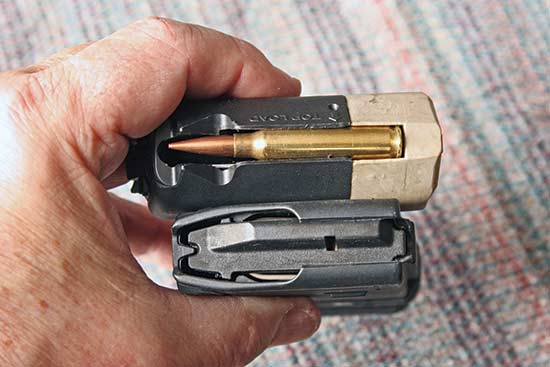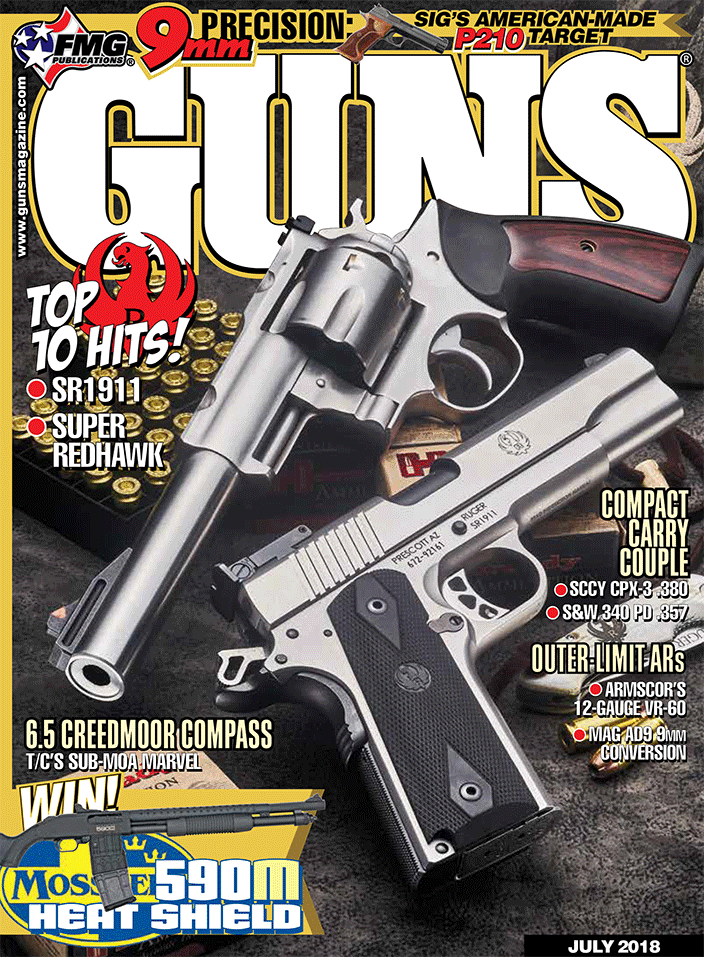A Speedier Spin
The Truth About Twist
Many rifle shooters remain semi-stuck in the British mists of 1879, when a math professor named George Greenhill developed his famous formula for calculating rifling twist-rates. His formula is the reason many riflemen ask, “What’s the heaviest bullet XYZ twist will stabilize?” Today this is like asking, “What’s Queen Victoria up to?”
While Greenhill’s formula included “inputs” for both bullet weight and length, in 1879 almost all bullets were blunt-nosed and made entirely of lead alloy, so bullet weight correlated with length. Even after smokeless powder and jacketed bullets appeared in the 1880s, bullets were still about the same. Even most 21st Century shooters still believe bullet weight is the factor in rifling twist.
Instead, bullet length is the biggie. Today, bullets of the same weight vary considerably in length, including many made entirely of copper or brass, often with miracle-polymer tips. Rifling-twist formulas have changed since 1879 because of that, and are particularly helpful when handloading the .223 Remington. Those .223 barrels have twists almost as variable as economic theory.
The .223 appeared in 1964 as the commercial version of the 5.56 NATO military round, with a standard rifling twist of 1 turn in 12″ (written 1:12), slightly faster than the 1:14 then common among .22 centerfires. This was because the twist in military barrels had just been increased to 1:12 to fully stabilize the 55-gr. service bullet. However, some manufacturers put 1:14 barrels on .223s because they were already cranking ’em out for other cartridges.
Over-Stabilized
Back then most shooters believed rifling twists should be barely enough to stabilize a given bullet, due to the poor balance of many jacketed bullets. Poorly balanced bullets resemble fake news — inaccurate in the first place, and with added spin even less accurate. Today’s bullets are very well balanced, so they’ll shoot accurately even when “over stabilized.”
The twist in military 5.56 NATO barrels eventually increased to 1:7 to stabilize heavier bullets, starting a fast-twist trend for the .223. Unfortunately, there’s no strict definition of “fast twist.” Most factory .223s now have twists of 1:9 or 1:8, but some have 1:7 twists, and a few remain stuck on 1:12.
Handloaders need to know the rifling twist of their .223s, otherwise their chosen bullet might fly sideways. Some manufacturers stamp the twist rate on .223 barrels, while others don’t even reveal it on their website. If necessary, twist can be measured using a cleaning rod with a tight bore-brush wrapped in a cotton patch, and many bullet manufacturers list a suggested twist rate.
However, bullet stability is a balancing act between the gyroscopic spin imparted by the rifling, and the “wind” on the bullet’s tip imparted by muzzle velocity. The required twist rate varies due to temperature and altitude because both affect air density. All of these can be complicated by plastic tips so light they don’t totally count as part of the bullet’s overall length.
Greenhill’s simple formula could be worked with a pencil and paper, but today’s more accurate formulas require more technology. If you’re among the 90 percent of Americans with Internet access, the bullet-stability calculator on www.jbmballistics.com/ is among the best, since it includes a factor for plastic tips. Unfortunately, elevation input isn’t in feet but in barometric pressure, but that’s an easy fix. Average pressure at sea level is 29.9″, and decreases about an inch for each 1,000 feet in elevation. As an example, I shoot at around 4,000 feet here in Montana, so plug in 26.
.223 Fast-Twist Loads
Among the most consistently accurate handloads I’ve found for 1:9 twists is a 68- to 70-gr. lead-cored boattail with up to 23.0 grs. of Alliant AR-Comp or 26.0 grs. of Hodgdon Varget, for around 3,000 fps in 24″ barrels. The same powders and twist also usually work well with the all-copper 62-gr. Barnes Tipped TSX.
Most lead-cored bullets in the 75- to 80-gr. range stabilize best in 1:8 or 1:7 twists, where up to 23.0 grs. of Reloder 15 and 25.0 grs. of Varget do well. This also applies to the 70-gr. Barnes TSX and Hornady GMX monolithics.
Longer bullets often can’t be seated deeply enough to fit in the 2.4” length of standard .223 magazines and is the reason I added an aftermarket extension to my 1:8 twist Ruger American’s magazine. Unfortunately, the extension’s no longer available, so in many rifles single-loading is the only realistic solution. Maybe more manufacturers will fix this in the future, because the fast-twist, long-bullet trend is definitely here to stay.
John Barsness’s Big Book of Gun Gack: The Hunters’ Guide to Handloading Smokeless Rifle Cartridges can be ordered through www.riflesandrecipes.com/, P.O. Box 579, Townsend, MT 59644-0579, (406) 521-0273.







